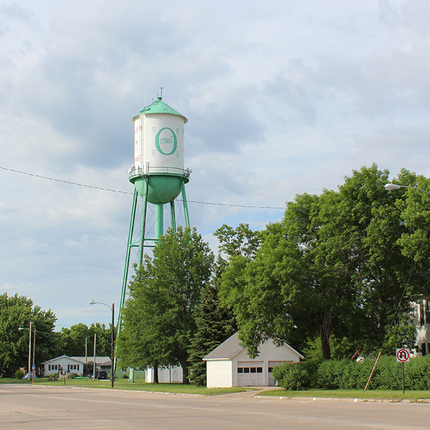Today, we share number three in our top five blog posts countdown, an informative piece for those who are looking to relocate to a rural area.
Molly Malone writes about incentives available in Minnesota, Kansas, Nebraska, and elsewhere in the country. This was posted in February.
Looking to make a change in 2022? Rural relocation incentives are here to help
By Molly Malone
When declining population plagues a rural community, it has a precipitous effect on the quality of life of those who remain. Rural areas are often safe, affordable, and full of opportunity, but people don’t want to move somewhere that sacrifices quality of life.
Fewer residents mean fewer taxpayers to fund services, shoppers at local businesses, and children in school, putting all those elements at risk. Rural leaders are well aware of this and some are taking innovative steps to grow through relocation incentives.
Those looking to relocate are in a buyers market full of incentives to help find a place in the country. An easy to navigate website, makemymove.com, lists incentive programs from communities across the county and the Caribbean and offers support to individuals through the application process.
Land: One of the biggest perks of living in a rural community is space and land is one of the most popular incentives. Loup City, Nebraska (pop. 975) will give newcomers a free lot of land to build a home on and up to $20,000 in down payment assistance to those who qualify. Free lots are also available in Lake Wilson, Minnesota (pop. 222), Marne, Iowa (pop. 144), Lincoln, Kansas (pop. 1,266), and many others.
Homes: Rather than gifting land, some local governments subsidize the cost of a home. Harmony, Minnesota (pop. 1,013), will provide a rebate of up to $12,000 for construction of a new home or remodeling of a dilapidated structure. Newton, Iowa (pop. 15,164) will give homebuyers a $10,000 cash incentive for buying or building a home.
Other incentives: The City of Curtis, Nebraska (pop. 896) will not only give you a free lot, they will also pay families with children under 18 years old up to $1,000 to relocate to their town.
Some communities provide a whole suite of incentives to newcomers. Bemidji, Minnesota (pop. 15,132) is a larger rural area and their relocation package targets remote workers. It includes not only membership in their local co-working space, but also covers moving expenses up to $2,500, community integration support, and membership in the local Chamber of Commerce.
When looking to relocate, cities aren’t the only rural government entities making offers. Those moving and locals alike can take advantage of tax abatement on new construction in Renville County, Minnesota (pop. 14,652). Newly constructed single-family residences may receive abatement of up to $200,000 in assessed value for up to five years.
At the state level, Kansas offers student loan repayment up to $15,000 and income tax credits for people who move to Rural Opportunity Zones—any county with a population of 40,000 or less. Currently, 95 counties in Kansas are designated as ROZs. The program is well established and has been available for over a decade.
The federal government even encourages rural relocation. The Department of Veterans Affairs will chip in $500 via a Veterans Rural Relocation Benefit.
Rural population resilience is a two part process: attracting and retaining residents. If locals are able to take advantage of the incentives, the programs may not only draw new people, but also keep those who are already connected to the community—an arguably easier approach.
Whether or not these incentives lead to measurable, persistent growth has yet to be demonstrated with evidence, but it doesn’t take much movement to significantly impact small communities.
In Nebraska, the Center for Rural Affairs offers home ownership loans between $5,000 and $100,000. Visit cfra.org/homeloans to learn more.




